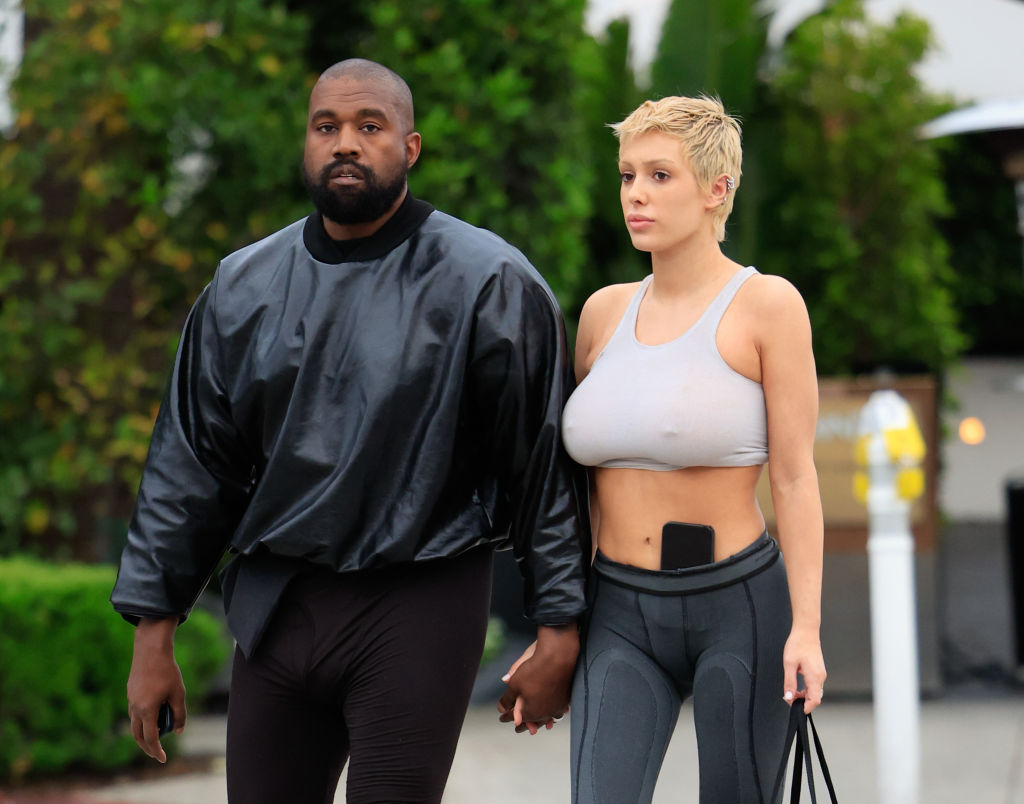Recently Dr. Melvin Morse made headlines for allegedly waterboarding his 11-year-old stepdaughter. The police suggested he did it as part of his research into near-death experiences. (He was regarded as an expert on the subject.) Morse denies the charges, so it’ll be up to a court to decide what really happened. But the allegations do raise the issue of scientists who experiment on their own kids. It’s not as rare as you might think. Over the years there have actually been quite a few researchers who’ve been tempted to combine their roles as parent and investigator.
The practice dates as far back as the 18th century, when French philosopher Jean-Jacques Rousseau argued that man, in a natural state, was fundamentally good, but that the influence of society corrupted him. In his 1762 novel Émile, or On Education he laid out a pedagogical system designed to preserve children’s inherent goodness into adulthood. The novel inspired Richard Lovell Edgeworth, the inventor of the conveyor belt, to raise his son Richard Jr. according to Rousseauian principles. By his interpretation, this basically meant letting the kid run wild. By the time Richard Jr. was 8, he had become such an ungovernable “child of nature” (i.e., an incorrigible brat) that his father shipped him off to a seminary.
Thomas Day, who was a friend of Edgeworth, also conducted an experiment in Rousseauian child rearing, but his was even more ambitious. He decided to find out if he could create himself an ideal wife by adopting several young girls and raising them according to Rousseau’s plan. Again, the main idea was to let them run free, though they did receive some instruction. For instance, Day tried to teach them to ignore pain by dripping hot wax on their arms. He must have believed this to be an important skill for his wife-to-be to have. But like Edgeworth before him, Day eventually despaired of the experiment. Declaring the girls “invincibly stupid,” he sent them to a boarding school.
In 1817 the German professor Johann Autenrieth hit on the idea that sawdust might be the solution to the world’s food shortage. After some experimenting in his laboratory, he managed to turn sawdust into a kind of flour from which he made a variety of sawdust-based foods, including gruels, soup, dumplings, pancakes, and bread. He fed these to his kids, as well as to himself. He reported that the more of the sawdust food they ate, the rougher it became, and that it somewhat “constringed the throat.” It also caused “oppression” of the stomach. But overall, Autenrieth though the experiment was a success, presumably because none of them died.
British electrical engineer Thomas Thorne Baker had the theory that high-frequency electromagnetic waves might stimulate the growth of biological organisms. He first tested his theory on peaches and chickens and was encouraged by the results, so, in 1912, he put his 5-year-old daugher Yvonne in an electrified cage. Reportedly, she liked it, saying, “I love having ‘lectric currents!” (That’s an exact quotation.) But there’s no report that she grew into a giant.
Psychologist Winthrop Kellogg was curious whether a chimpanzee raised in a human family would acquire human characterists. And given that Kellogg had a newborn son, Donald, he thought it would also be interesting to track the comparative development of a chimp and a human side by side. So, in 1931, the Kellogg family adopted a young female chimp, Gua. Unfortunately, Gua remained stubbornly chimp-like. Donald, however, soon began showing chimp behaviors. This included indicating he was hungry by making a “food bark.” Upon hearing this bark, the Kelloggs promptly terminated the experiment.
Is laughter in response to being tickled a learned behavior, or is it innate? To find out, psychologist Clarence Leuba designed a long-term experiment in 1933 involving his newborn son (whom he referred to in his research report as “R.L. Male”). He informed his wife that the two of them could only tickle their son while they were wearing “cardboard shield” masks, in order to hide their expressions. By the time he was 7 months old, R.L. Male was happily laughing whenever tickled. This seemed to indicate that laughter was an innate response to tickling. However, Leuba suspected that the experiment had been ruined because of his wife’s failure to fully observe his tickling rules.
During the early 1960s Australian beachgoers were coming down with a mysterious illness that caused cramping, vomiting, and sluggishness. Physician Jack Barnes suspected the illness was caused by exposure to a jellyfish that lived in shallow water, and he tested his theory by exposing himself and his 9-year-old son to the jellyfish. Soon they were both bent over in pain, in a stance reminiscent of “an infant with a full nappy” (Barnes’ phrase). A trip to the hospital and a shot of pethidine hydrochloride luckily cured both of them.
Far from being a relic of the past, the idea of using your kid as a research subject is actually gaining in popularity among scientists, according to a 2009 New York Times article. The trend is being driven by a variety of factors. For instance, new technologies are making it easier to non-intrusively examine, measure, and record child development. So the parent-researchers figure that if it doesn’t hurt the kid, why not?
But perhaps more importantly, experimenting with human subjects, especially children, requires a lot of paperwork. Getting parents to sign all the necessary permission forms can be an ongoing hassle. But if the researcher is simultaneously the parent, suddenly getting all those forms signed becomes a breeze!
















